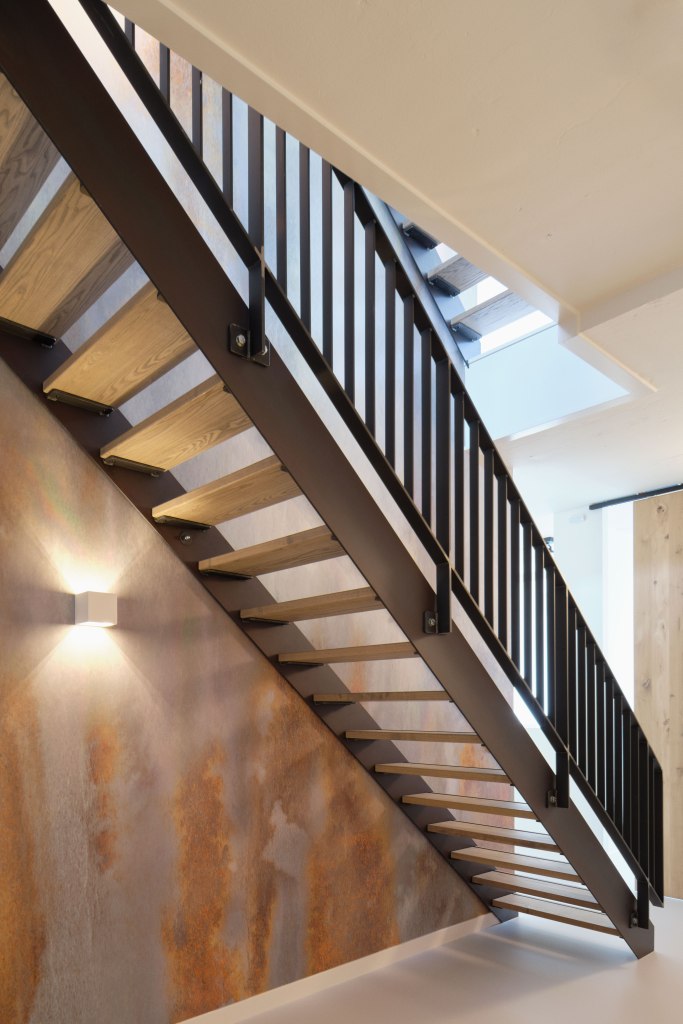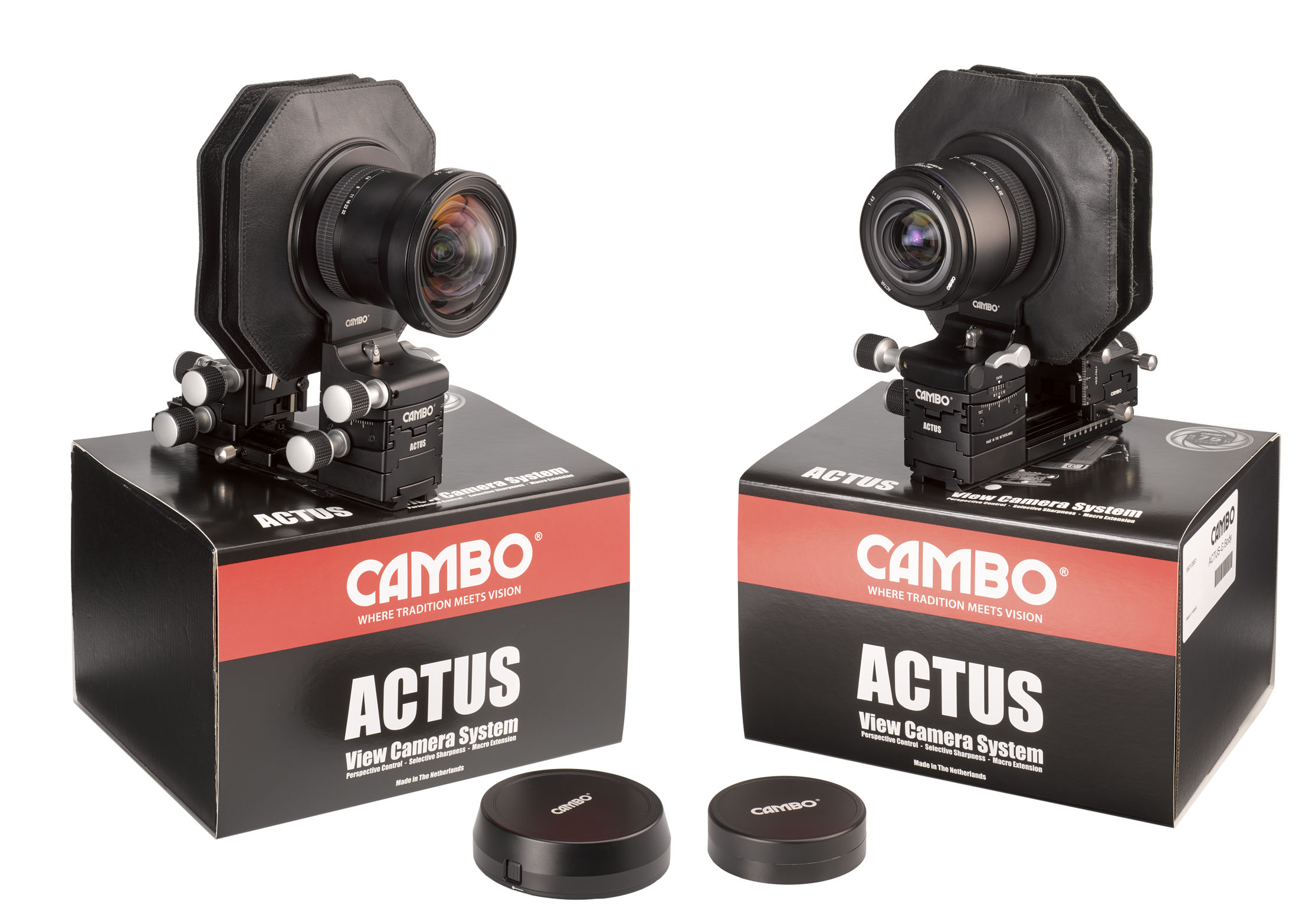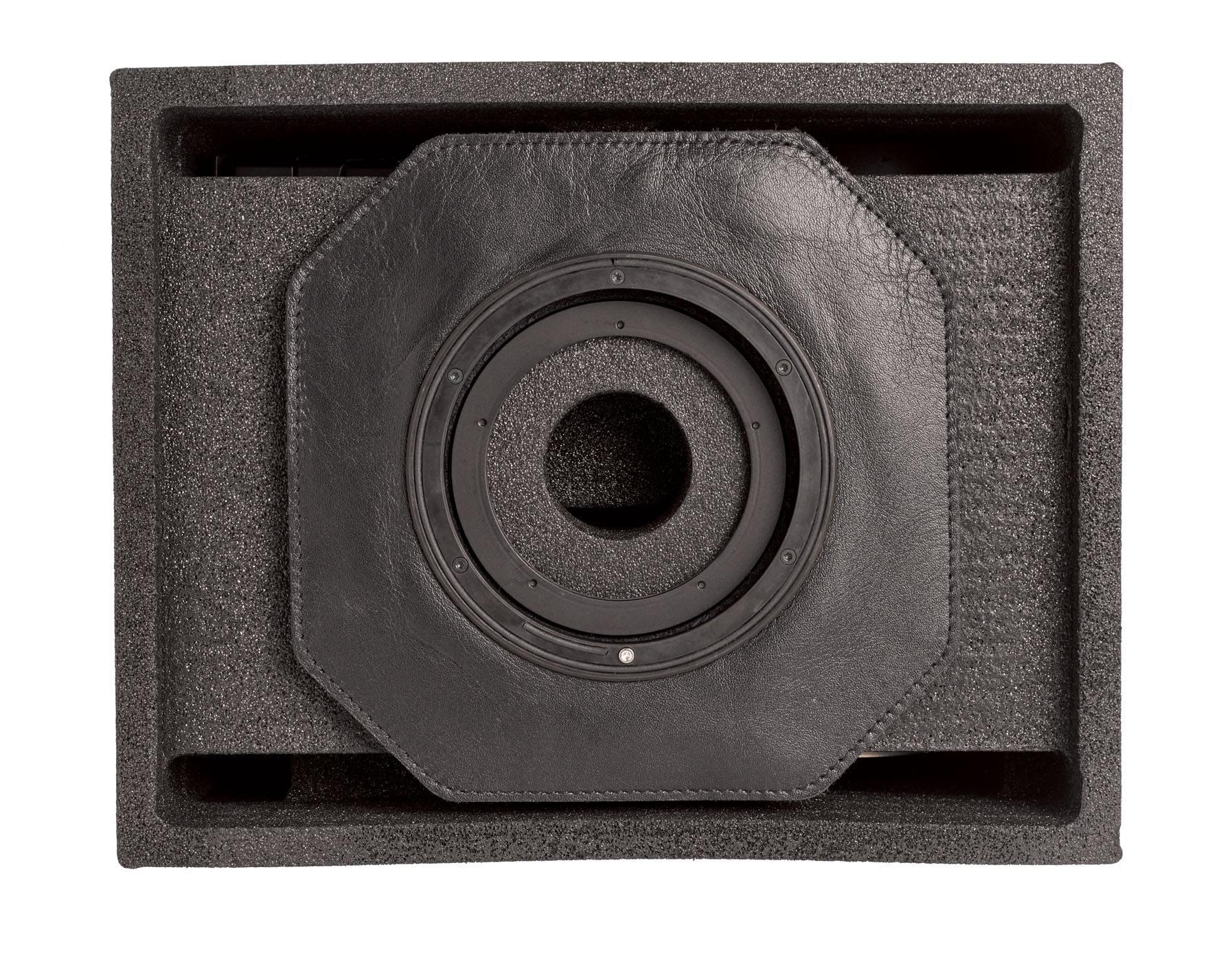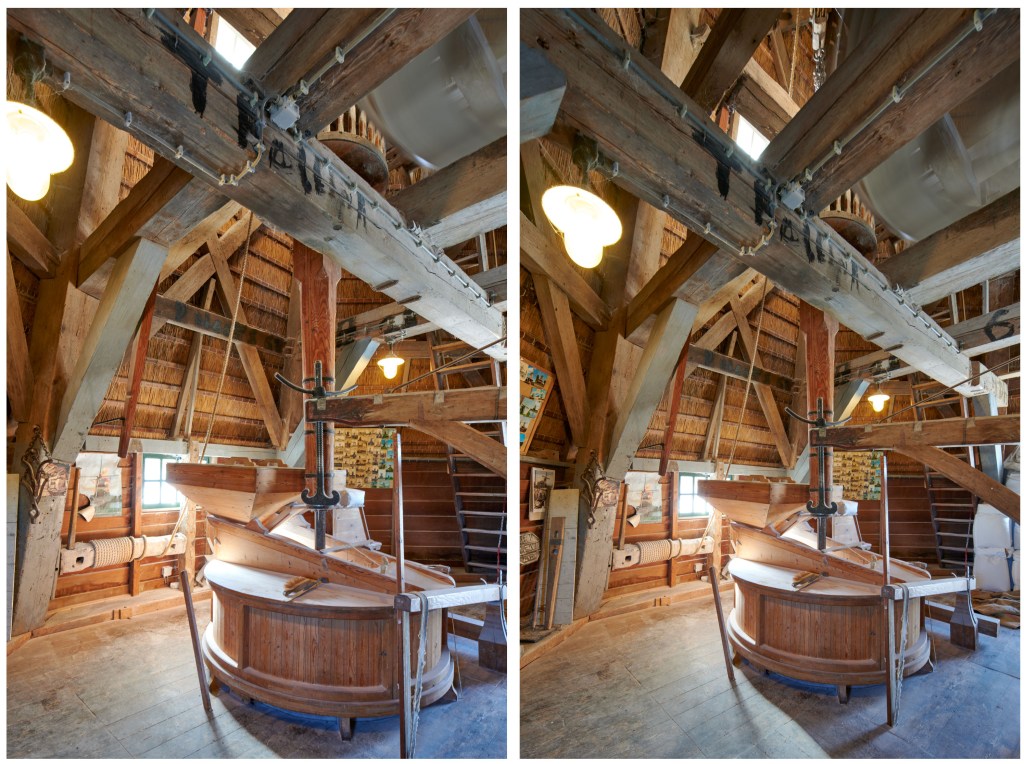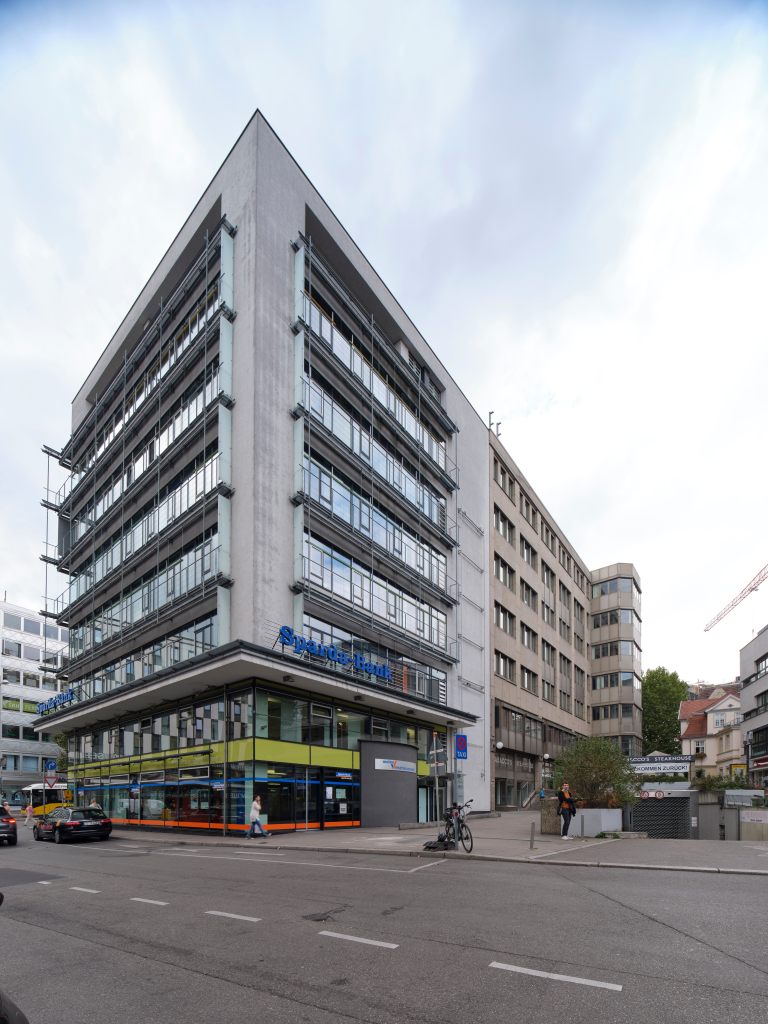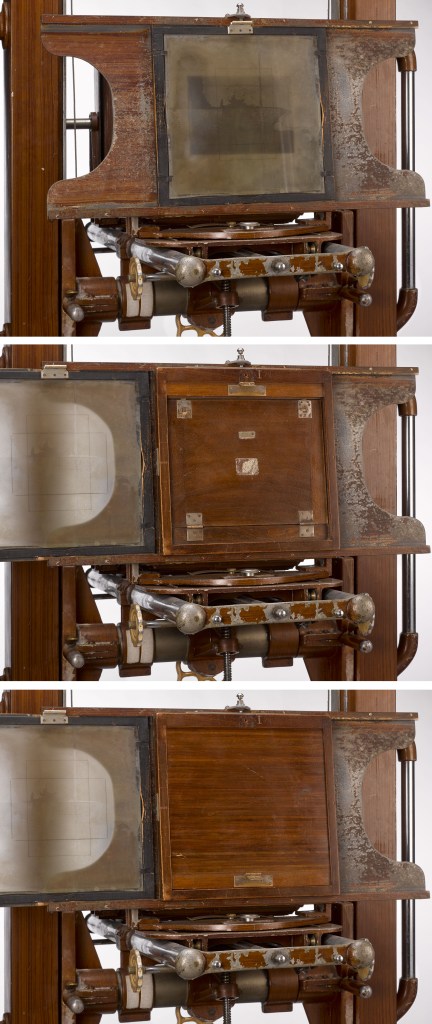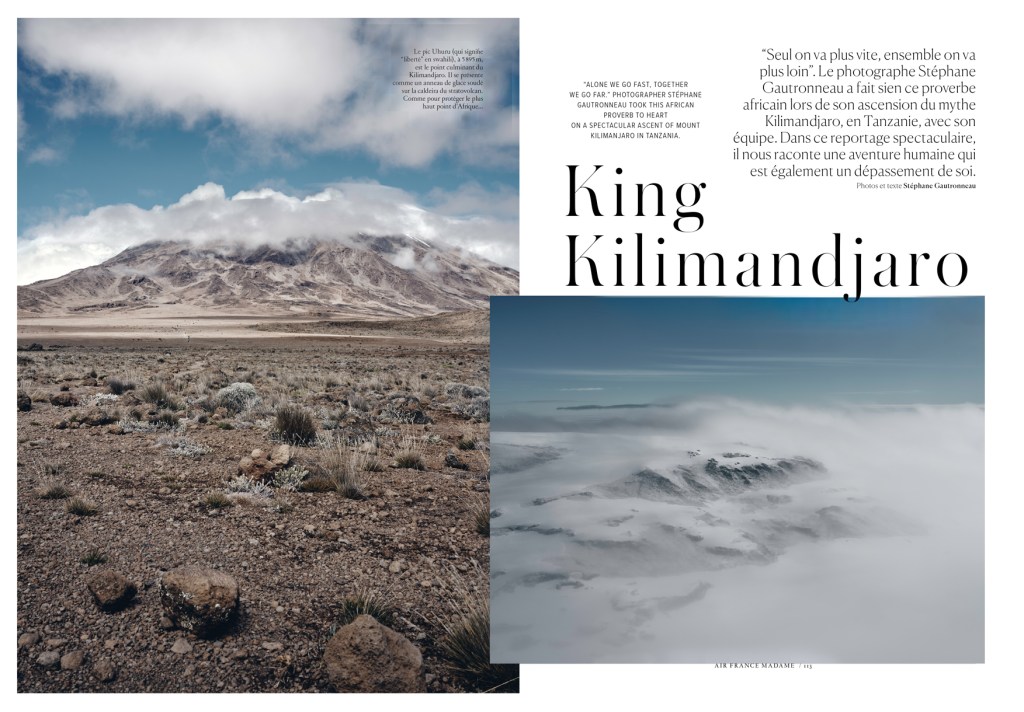On his websites – yes, he’s got two, more about that later – Scott Choucino gives us a short video tour through his studio. It looks like the perfect mixture of a motorbike shed, professional kitchen, library and a greenhouse. Oh, and still a photo studio. It must be a fine place to work. That alone would be enough to catch our attention. But there’s also this video about the Actus on his YouTube channel. And he’s pretty enthousiastic about it. Time to meet.
Scott is a self-taught photographer. He’s specialised in food. During the last ten years he’s reached a high level of professionalism in this, always striving to achieve the utmost quality in his work.

“I started out learning from YouTube about 13 years ago coming from a background of sports science with a post grad in physiology, but I quickly found that photography was what really got me going. After a long hard slog working on small jobs I finally got my break shooting big commercial ad campaigns and quickly signed with my first agent.
Since then I signed with Lisa Pritchard Agency which has been incredible with such a huge focus being on personal work. Something I wished I had prioritised in the same way from day one. My biggest bit of advice would be to stick to what you love and constantly create new personal work.”
As in most food studios, Scott’s got clients who require the proverbial top-down shots. These need to be perfectly crisp from corner to corner. There’s the editorial style photography, where the art director often asks for a detail of the dish to be in focus. And we see plates that need to be in focus front to back despite being shot at an angle. For all these applications Scott is using his Cambo Actus, paired with a Canon 5Dsr and Mamiya Sekor lenses from the RB and RZ system.

Scott’s Cambo Actus gives perfect control over the plane of focus. It enables him to position the focus right on the detail, nicely blurring the rest of the dish, with a pleasant looking fall-off in sharpness. When a dish needs to be perfectly sharp, dialing in some tilt and/or swing helps to achieve this without focus stacking. And even the seemingly simple top-down shot benefits from the view camera approach. Shifting the camera body in small increments is a much easier way to make small changes to the framing than repositioning the stand. Scott works with Mamiya 67 lenses on his Actus. He likes the large image circle (designed for the 6×7 film format after all) and these lenses offer great value for money. Even the Actus’ quick camera rotation from landscape to portrait orientation is reminiscent of the old Mamiya’s nifty rotating film cassette. Luckily without the heft of that camera.

Scott Choucino likes to share his knowledge. Hence the two websites. On scottchoucino.com you’ll find everything about his commercial photography, a taste of Scott’s portfolio and news. All very well maintained. The other website tin-house-studio is about his rental studio and workshops. There’s free stuff to watch, online tutorials available at a small fee and you may get in touch to book a group or one to one workshop. When there’s time. Scott is a working photographer in the first place.



